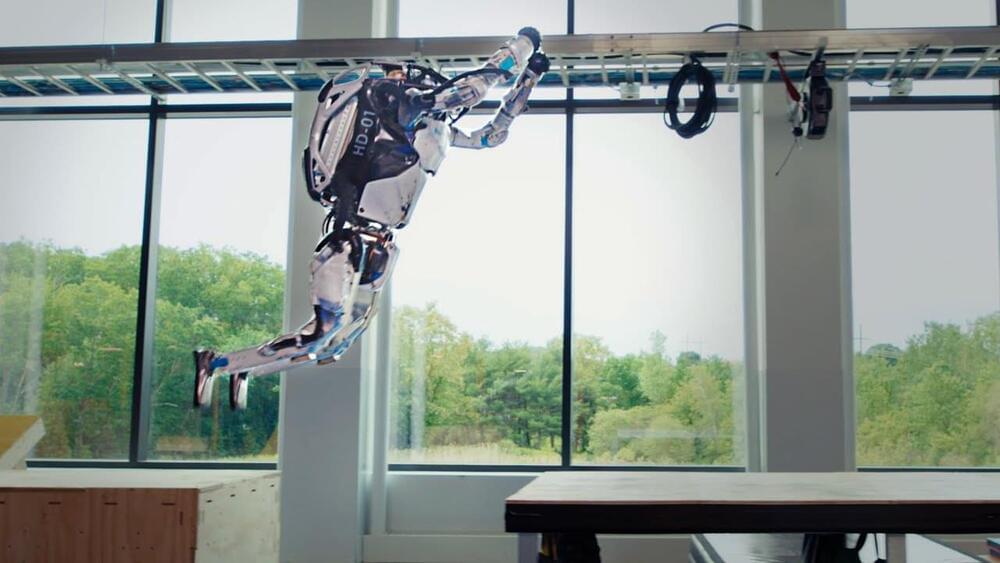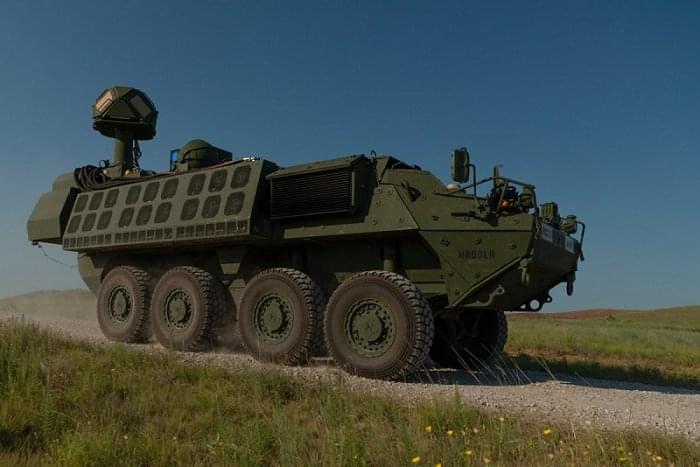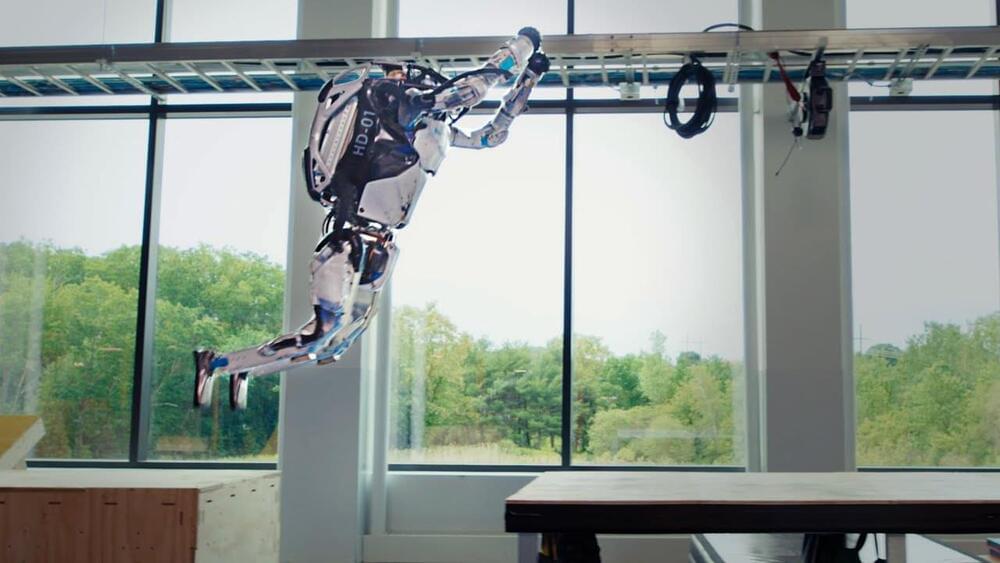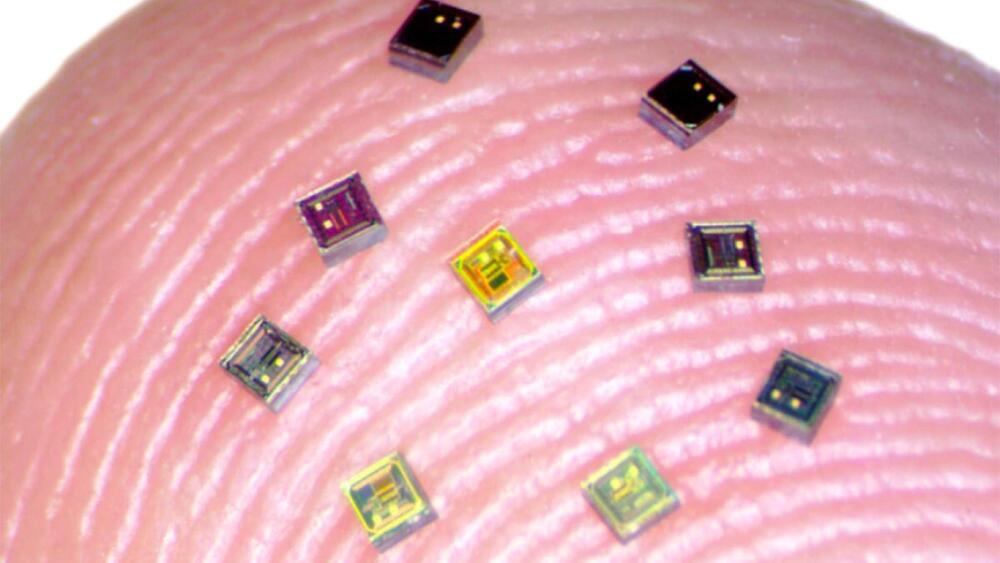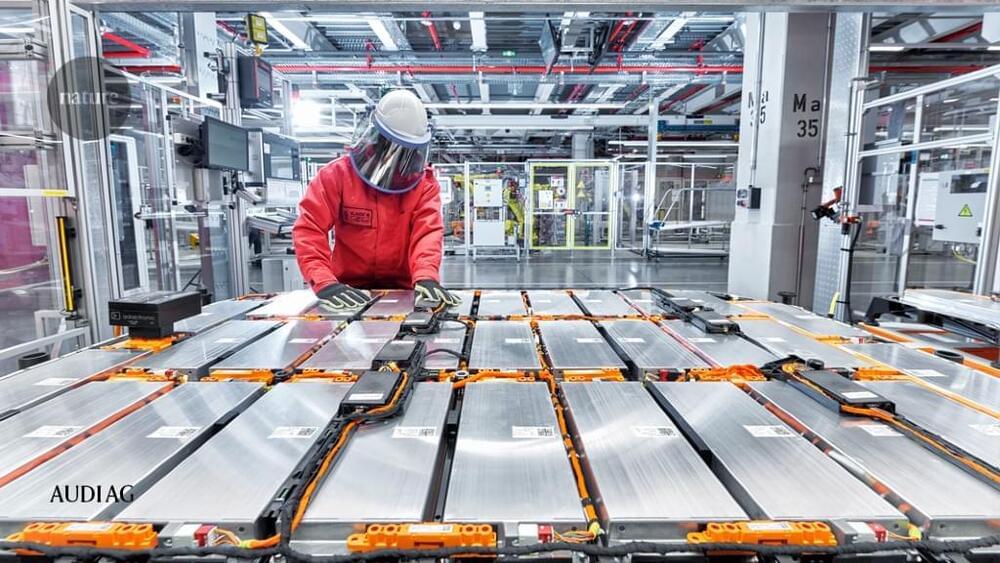It’s impressive. But, i don’t see it doing anything that it hasn’t done before. The next step Has To Be equipping it with Human Level hands that can be teleoperated and possibly self operated.
Parkour is the perfect sandbox for the Atlas team at Boston Dynamics to experiment with new behaviors. In this video our humanoid robots demonstrate their whole-body athletics, maintaining its balance through a variety of rapidly changing, high-energy activities. Through jumps, balance beams, and vaults, we demonstrate how we push Atlas to its limits to discover the next generation of mobility, perception, and athletic intelligence.
How does Atlas do parkour? Go behind the scenes in the lab: https://youtu.be/EezdinoG4mk.
